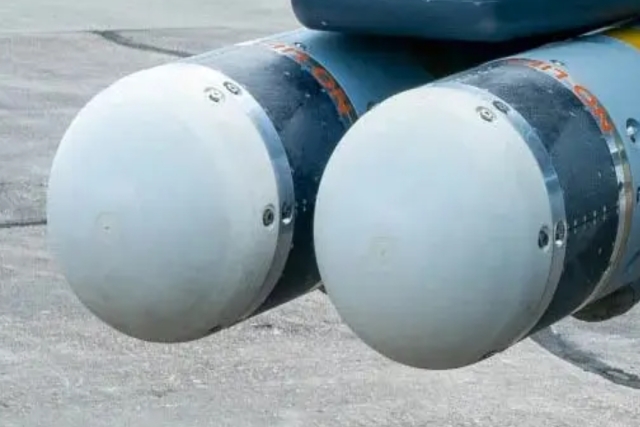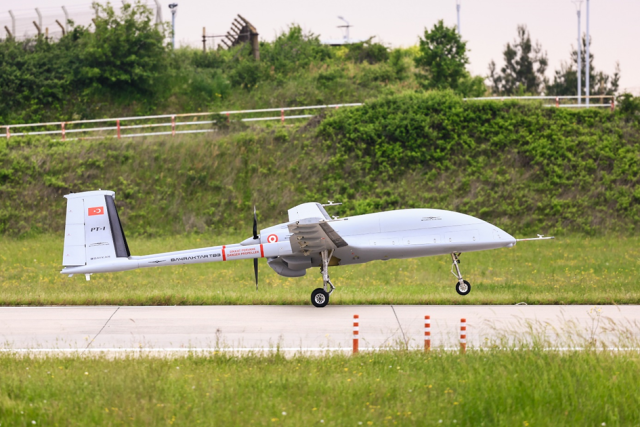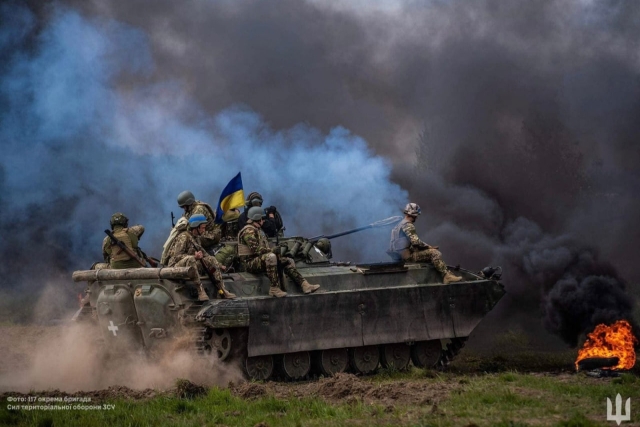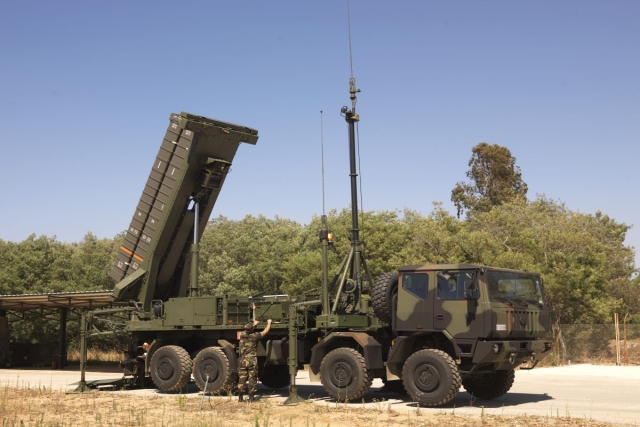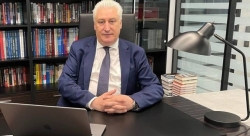India’s DRDO “inverse-engineers” powerful explosive charge, could be used in Arjun tank shells
India’s Arjun main battle tank could get shells containing CL-20 explosive, a powerful new explosive charge, which is claimed to be several time more potent than RDX or HMX, the conventional explosive charges used in shells. The CL-20 shell could be fired from the 120mm main gun of the Arjun tank. The CL-20 was synthesized by India’s High Energy Materials Research Laboratory (HEMRL) based in Pune city, a press release from DRDO, HEMRL’s parent body said. “It is the most powerful non-nuclear explosive yet known to man,” says Dr. AK Sikder, joint director HEMRL. The compound, ‘Indian CL-20’ or ICL-20, was indigenously synthesized in the HEMRL laboratory using inverse technology, he added. It is not clear if inverse engineering meals the same as reverse-engineering as the DRDO press release goes on to say that it was not the first to develop the charge. “CL-20, so named after the China Lake facility of the Naval Air Weapons Station in California, US, was first synthesized by Dr. Arnold Nielson in 1987. CL-20, or Octa-Nitro-Cubane, is a Nitramine class of explosive 15 times as powerful as HMX, His/Her Majesty Explosive or High Melting Explosive or Octogen. The HMX itself is more than four times as potent as the Research Developed Explosive or Royal Demolition Explosive or Cyclonite or Hexogen, commonly known as RDX”. “CL-20 offers the only option within the next 10-15 years to meet the requirements of the Indian Armed Forces for Futuristic Weapons,” said Dr. Sikder. “CL-20 -based Shaped Charges significantly improve the penetration over armours,” he said.

